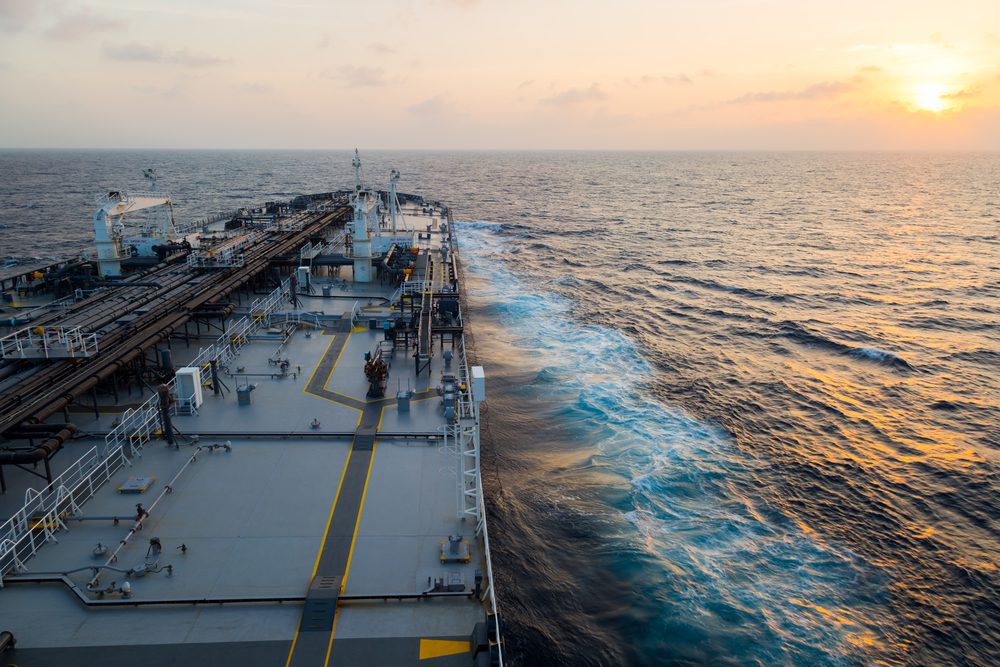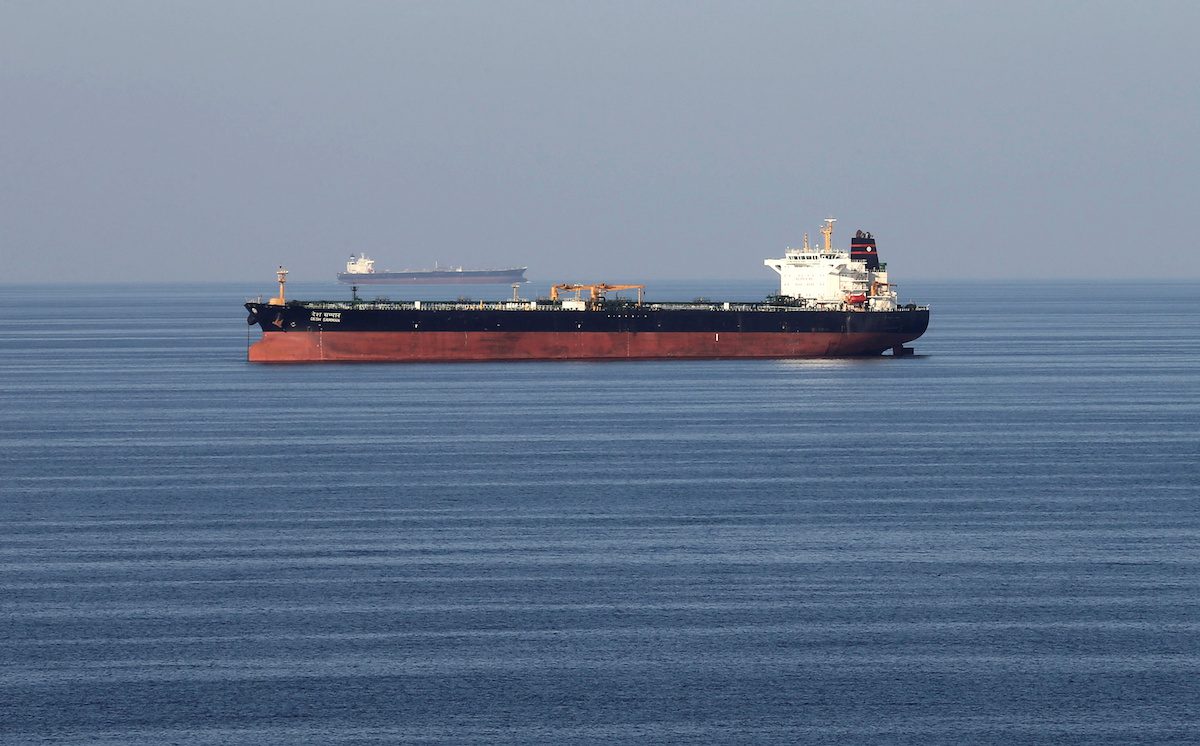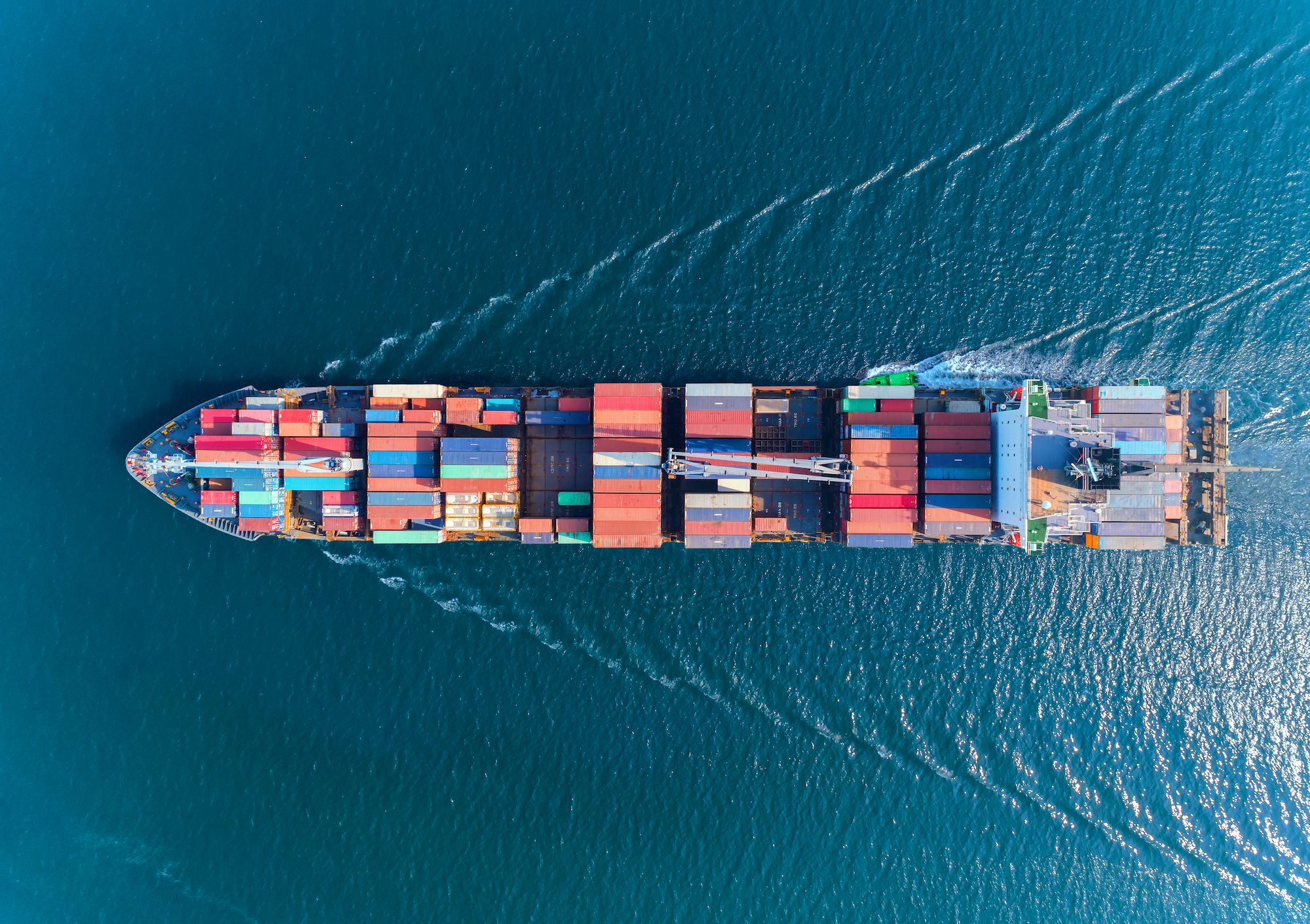OPEC countries have recorded their highest weekly crude tanker loadings since April 2023, with a significant 24% week-on-week increase to 2.281 million barrels per day (mbpd) in week 23, according to BIMCO.
Despite this notable uptick, BIMCO’s Chief Shipping Analyst Niels Rasmussen cautions against premature optimism. Global year-to-date volumes remain 3.6% below last year’s levels, primarily due to weak demand from China and India. Freight rates have yet to respond to the increased volumes, possibly due to unusually high ship supply in the Persian Gulf during the period.
The recent surge follows OPEC+’s graduated production increases, with planned increases of 0.411 mbpd for both June and July. These increases could potentially boost volumes above last year’s levels and provide needed support for the crude tanker sector.
The market outlook shows signs of potential improvement. Rasmussen notes, “Year-to-date, seaborne crude oil volumes have been negatively impacted by increased global uncertainty as the US increased import tariffs.” However, he points to positive developments, including a 90-day respite on reciprocal tariff increases and a framework agreement between China and the US to restore normal trade relations.
Supporting these positive indicators, Brent crude prices have remained below USD 70/barrel since early April, hovering around USD 65/barrel. The U.S. Energy Information Administration projects further price decreases, potentially reaching USD 60/barrel by late 2025. The International Energy Agency (IEA) forecasts global inventory increases of 0.72 mbpd during 2025.
Looking ahead, Rasmussen expresses cautious optimism: “While it remains too early to conclude that week 23 loadings are a sign of things to come, we are hopeful that a combination of increased oil production, lower prices and increasing inventories can help lift freight rates from current lows.” He particularly highlights the potential benefit for VLCCs, which handle 70% of seaborne exports.

 Join The Club
Join The Club











